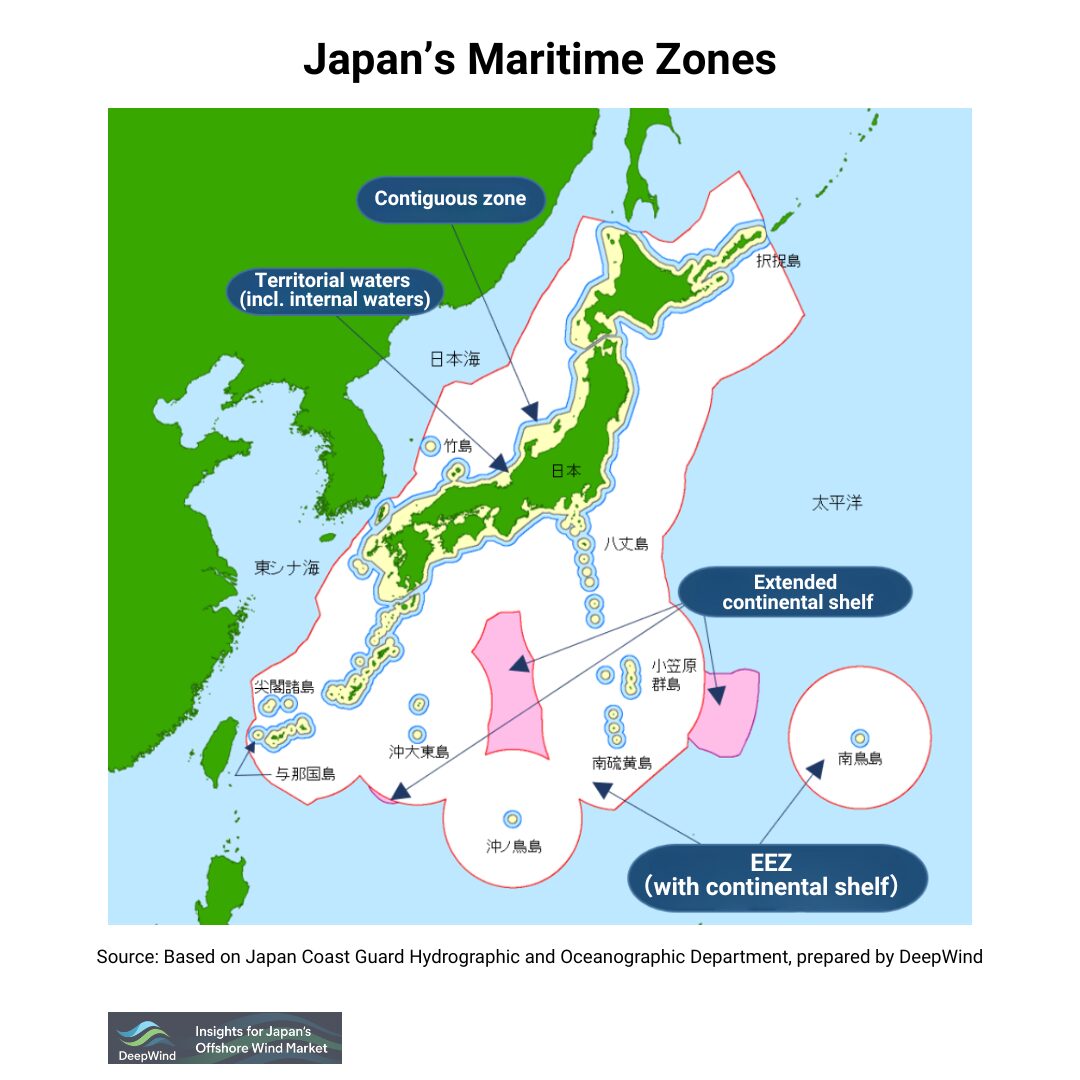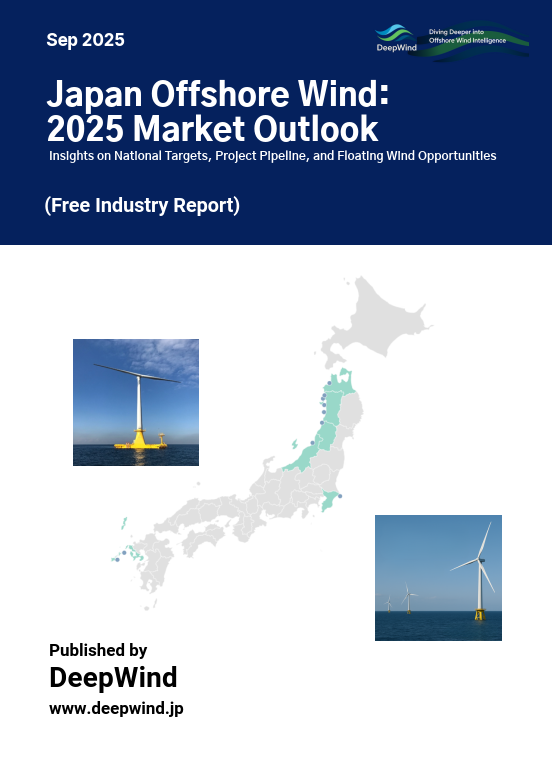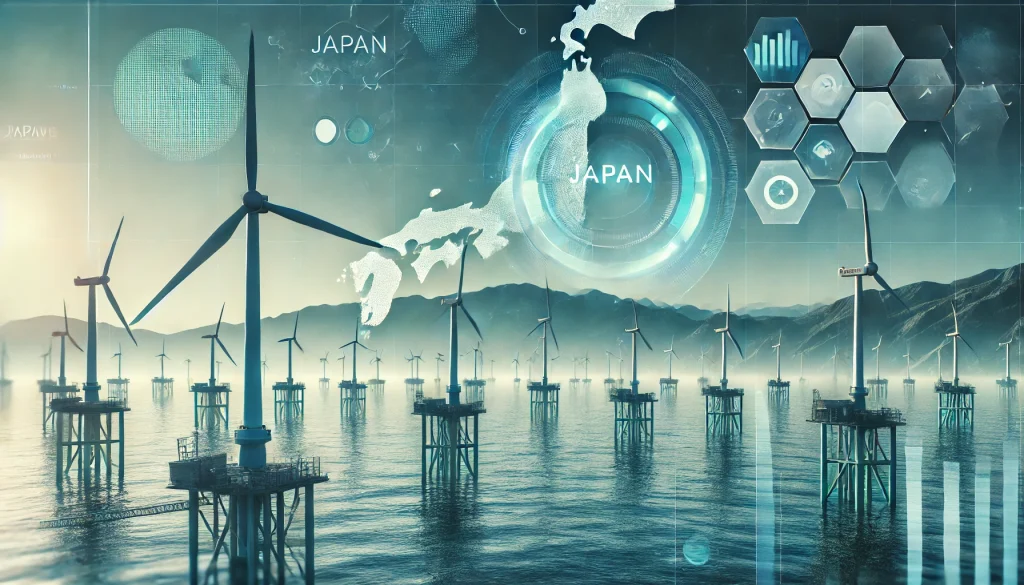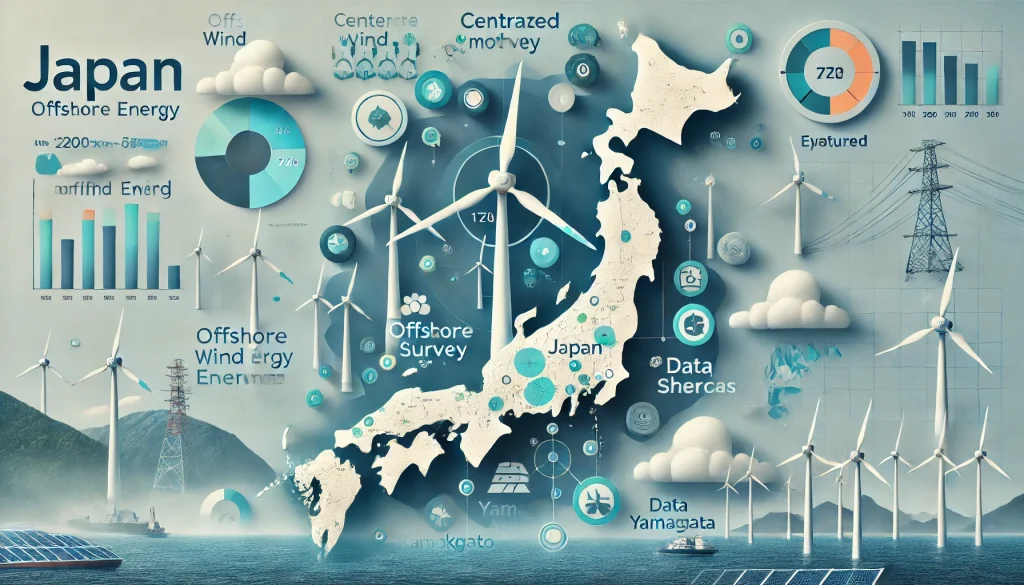Introduction
On June 3, 2025, Japan’s House of Representatives passed a revised Renewable Energy Sea Area Utilization Act, allowing offshore wind farms to be developed not only in territorial waters but also in the country’s Exclusive Economic Zone (EEZ). This legislative change marks a major step forward, expanding the scope for wind power installations and signaling a new chapter for Japan’s renewable energy strategy.
In this post, we explore the background of the amendment, how the new system works, and its expected impact.
While this article focuses on a specific topic, those looking to understand Japan’s overall offshore wind policy and regulatory framework should also read our comprehensive summary here:
👉 Japan’s Offshore Wind Policy & Regulatory Framework: Laws, Permits, and Support Schemes
1. Why This Amendment Now?
Japan has positioned offshore wind power as a key driver toward achieving its 2050 carbon neutrality goal.
- 10 GW target by 2030
- 30–45 GW target by 2040
However, the original law only applied to internal waters and territorial seas. Japan’s true potential lies in the EEZ, which spans far beyond its coastal boundary—thus prompting the urgent need for this expansion.
2. Japan’s Maritime Zones: From Territorial Waters to EEZ

Territorial waters (incl. internal waters): ~430,000 km²
EEZ + contiguous zone: ~4.05–4.47 million km²
Total expanded range: Over 10x increase
| National land area | ~380,000 km² |
| Territorial waters (incl. internal waters) | ~430,000 km² |
| Contiguous zone | ~320,000 km² |
| EEZ (incl. contiguous zone) | ~4,050,000 km² |
| Extended continental shelf | ~300,000 km² |
| Total w/ EEZ | ~4,470,000 km² |
| Total w/ continental shelf | ~4,770,000 km² |
2-1. What Are Internal Waters, Territorial Sea, and EEZ?
Internal Waters:
Water entirely enclosed by land, including bays, rivers, and harbors. Full sovereignty applies, and foreign vessels require permission to enter.
Territorial Waters:
Extend 12 nautical miles (~22.2 km) from Japan’s coastline. Japan exercises sovereign rights in this area.
Exclusive Economic Zone (EEZ):
Extends 200 nautical miles (~370 km) offshore. Japan has exclusive rights to economic activities like energy development here.
3. What the New Law Changes
The revised law introduces a new framework for developing offshore wind in EEZs, with a formal process in place:
| Step | Description |
|---|---|
| 1. Zone Designation | METI designates “call for bids” areas based on natural and legal conditions |
| 2. Preliminary Status | Developers submit plans and receive preliminary development rights |
| 3. Council Formation | A multi-stakeholder council, led by METI and MLIT, deliberates details |
| 4. Permit Issuance | After review, official installation permits are granted |
Source: METI Press Release
3-1. Environmental Safeguards
The law incorporates stricter environmental due diligence:
- “Promotion zones” for territorial waters
- “Call-for-bid zones” for EEZs
→ Pre-designation surveys by the Environment Ministry required for both.
This will streamline environmental assessments while ensuring sustainable marine use.
3-2. Challenges Ahead
Much of Japan’s EEZ consists of deep-sea areas, where only floating wind turbines are viable. However, commercial floating wind is typically suitable for depths of 100–300 meters, and costs and stability remain key hurdles. Future innovation will determine whether installations beyond 300 meters become feasible.
Conclusion
This legal revision significantly expands Japan’s offshore wind frontier—especially for floating wind technology. Key developments to watch include:
- The official promulgation of the law
- Implementation schedule
- First EEZ zones to be opened for bidding
For a broader understanding of Japan’s offshore wind legal system, policy structure, and support measures, be sure to check out our pillar article:
🌊 Japan’s Offshore Wind Policy & Regulatory Framework: Laws, Permits, and Support Schemes
Explore more categories at DeepWind:
- 🔍Market Insights – Understand the latest trends and key topics in Japan’s offshore wind market
- 🏛️Policy & Regulations – Explore Japan’s legal frameworks, auction systems, and designated promotion zones.
- 🌊Projects – Get an overview of offshore wind projects across Japan’s coastal regions.
- 🛠️Technology & Innovation – Discover the latest technologies and innovations shaping Japan’s offshore wind sector.
- 💡Cost Analysis – Dive into Japan-specific LCOE insights and offshore wind cost structures.



